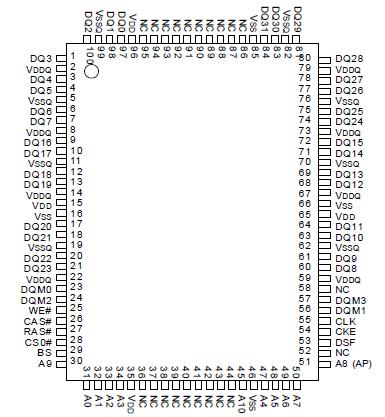EM637327: Features: · Fast access time from clock: 4.5/5.5/5.5/6 ns· Fast clock rate: 200/166/143/125 MHz· Fully synchronous operation· Internal pipelined architecture· Dual internal banks (512K x 32bit x 2ba...
floor Price/Ceiling Price
- Part Number:
- EM637327
- Supply Ability:
- 5000
Price Break
- Qty
- 1~5000
- Unit Price
- Negotiable
- Processing time
- 15 Days
SeekIC Buyer Protection PLUS - newly updated for 2013!
- Escrow Protection.
- Guaranteed refunds.
- Secure payments.
- Learn more >>
Month Sales
268 Transactions
Payment Methods
All payment methods are secure and covered by SeekIC Buyer Protection PLUS.

 EM637327 Data Sheet
EM637327 Data Sheet







